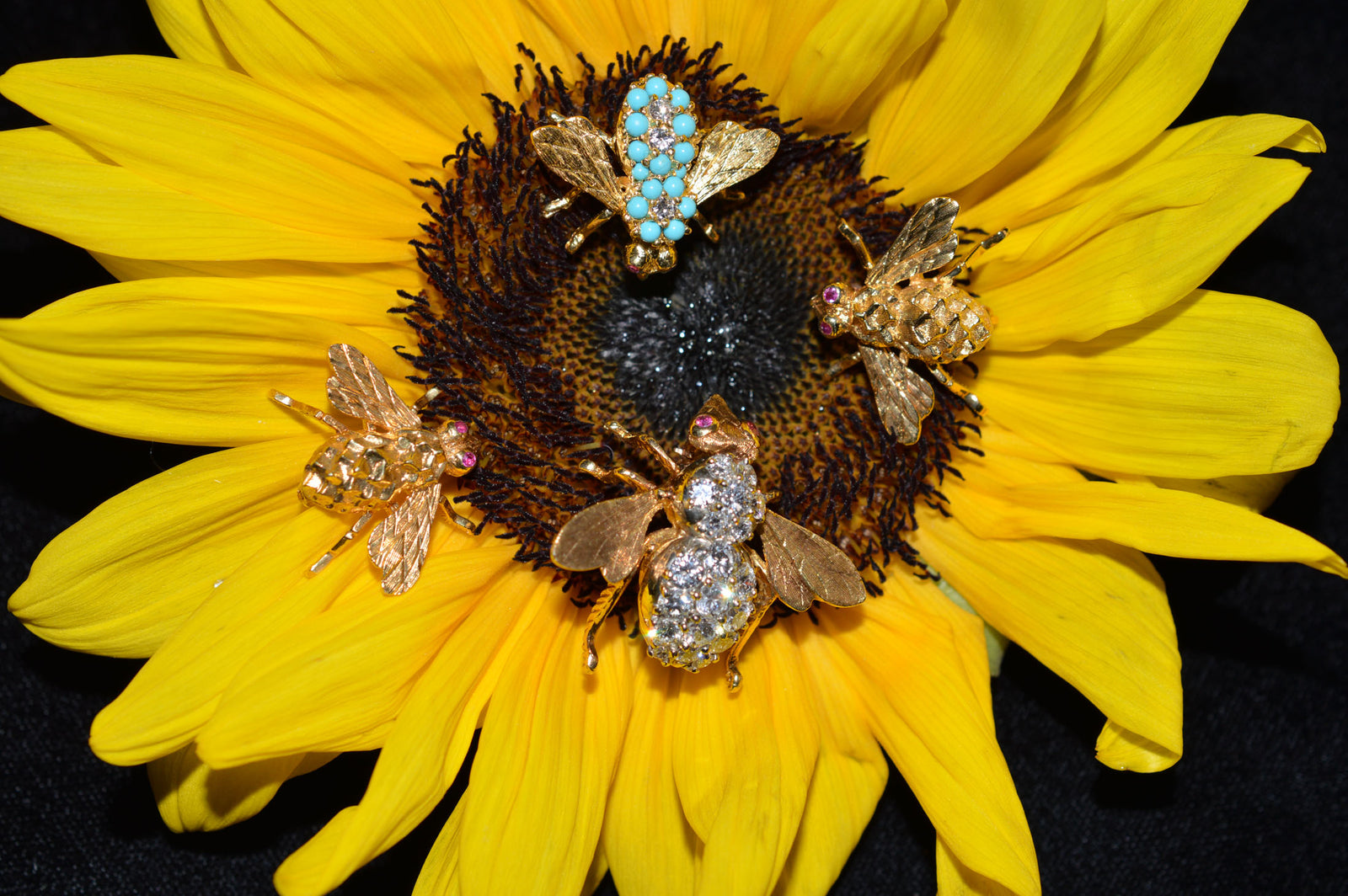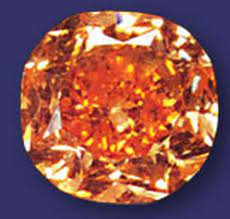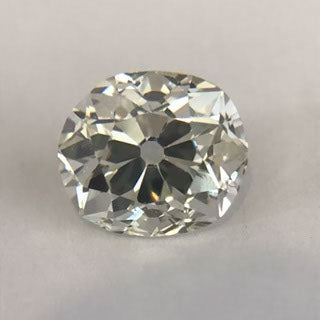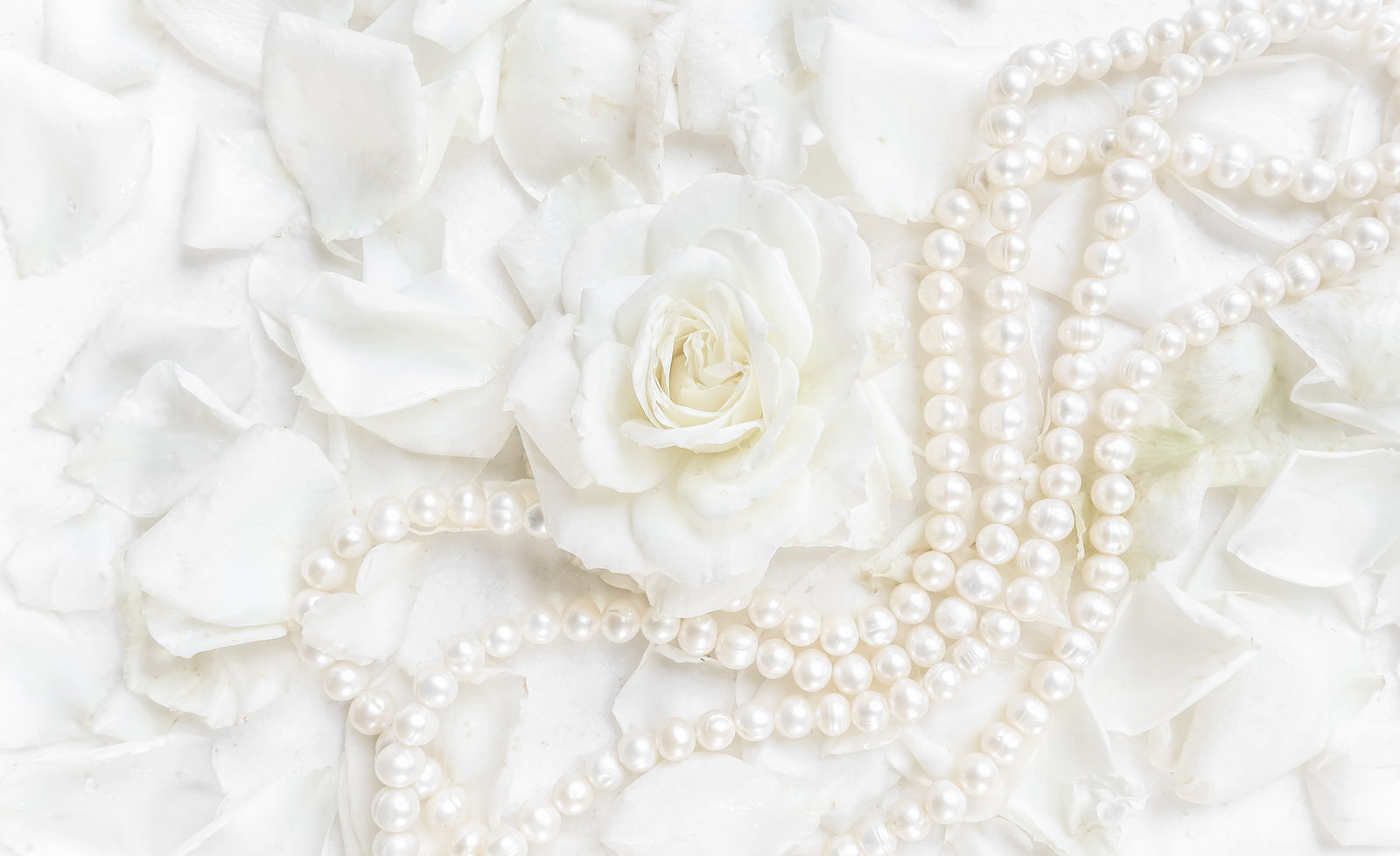You probably already know that bees are critically important pollinators responsible for pollinating a remarkable 80% of all flowering plants and 75% of all fruits, vegetables, and nuts grown in the United States. Of the approximate 4000 bee species in North America, it is the hive forming domesticated honeybee that collects sugary nectar and converts it to honey to be stored as a food source for the colony and the Queen when the weather turns cold. Hives are the epitome of organization with the Queen, drones, and worker bees each having designated chores and responsibilities that keep the colony alive and well.
But did you know that the first people to keep honeybees in hives and harvest honey were the ancient Egyptians? They kept honeybees in upside down woven baskets called “skeps” which are still produced today. Ancient Egyptians believed that honeybees were born from the tears of the Sun God, Ra. They believed that honeybees represented the Pharoah’s sovereignty over Egypt and therefore were a symbol of royalty.
In ancient Judaism, bees were symbolic of a peaceful and successful community with individuals working selflessly for the benefit of all.
In ancient Greece, bees represented celebration, prosperity, and figured prominently in Greek Mythology. It is said that when Zeus, King of the Gods, was born his father, Kronos, wanted to kill him. His mother hid the infant Zeus in a cave that was home to sacred bees who fed the infant honey until he was grown and dethroned his father to become King of the Gods. Zeus rewarded the bees by making them bright gold in color.
In the 1800’s Napoleon Bonaparte was named Emperor of France and needed a heraldic animal to adorn his new coat of arms. After much discussion with his advisors, it was decided that the symbol would be the “Napoleonic bee”. The idea came from the unearthed tomb of King Childeric (436-481) of the ancient Merovingian dynasty. Within Childeric’s tomb were found 300 golden jeweled bees each inlaid with garnet wings. The 300 jeweled bees resided at the Louvre in Paris until 1831 when they were stolen and melted down (only 2 bees survive). These Childeric bees so caught the imagination of Napoleon that he and Josephine both wore coronation robes covered in jeweled bees. The rugs, upholstery, wallpaper, and dishes in their home were adorned with bees. And of course, their jewelry depicted bees as well.

Fast forward approximately 150 years, and a jeweler in New York, Herbert Rosenthal, made bee jewelry hip and fashionable. The Herbert Rosenthal Jewelry Corporation was founded in 1945 in New York city and originally manufactured decorations for Christmas trees. It was in 1962 that Rosenthal registered 2 jewelry trademarks. The first trademark was “accent on value” and was active from 1962 to 1984. The second trademark was “HR” and was active from 1962 to 1987. The business manufactured rings, bracelets, earrings, and brooches using 18K gold, silver, precious and semi-precious gemstones. It was in the mid 1960’s that Herbert Rosenthal created his iconic bee pin under the “HR” trademark. These bees were so intricately designed and meticulously crafted that they looked like live honeybees about to take flight after having rolled in a pile of gold dust, diamonds, and gemstones. They were so cute and adorable that Herbert Rosenthal became famous in the jewelry industry and his business enjoyed even greater success than before. However, as if often said, fame can be a double-edged sword. The extraordinary success of the Rosenthal bees led other jewelry manufacturers to copy his designs. And while imitation may be flattering, Rosenthal believed that the copying of his design would have a negative financial impact on his company, so he sued. It was a long and complicated court battle that resulted in a mixed verdict. The court ruled that Rosenthal’s design had been infringed upon, but that his trademark was invalid. However, the popularity of Rosenthal’s jeweled bee designs and the notoriety of his court case caught the attention of executives at Tiffany & Co. who hired Herbert Rosenthal to be the official designer of bees (and other insects) for Tiffany. The bees he designed for Tiffany & Co. did not bear the signature of Herbert Rosenthal. Only a handful of designers (Elsa Peretti, Paloma Picasso, Jean Schlumberger, etc.) have had the honor of signing their names to pieces they designed for Tiffany & Co. Nevertheless, New York jewelry designer Herbert Rosenthal continued to manufacture his tiny jeweled masterpieces under his signature “HR” trademark. Today, Rosenthal bees are highly collectible and sought after by both bee lovers and jewelry connoisseurs.

Perhaps even more important that owning a Rosenthal jeweled bee, is wearing it. Traditionally, women wear brooches on the lapel between the shoulder and the neck, as seen in almost every photograph of Her Royal Majesty, Queen Elizabeth II. However, wearing brooches in unusual ways can highlight the brooch and add a touch of whimsey to any outfit. For example, if you want to wear a Rosenthal bee pin on the lapel, combine it with 1 or 2 other bee pins. Honeybees live in colonies so having a group of bees on the lapel of your jacket seems natural. Don’t worry about not having multiple Rosenthal bee pins that match, because displaying mismatched bee pins makes the display more interesting. Another way to creatively wear your Rosenthal bee pin is to attach the bee to a silk flower and then pin the silk flower to your lapel.
Pins are not just for lapels. Try wearing your Rosenthal bee pin on top of your shoulder. It will appear natural, as though a bee has landed on your shoulder, and is guaranteed to get attention. An even more interesting choice is to wear the bee pin on your sleeve, either near the shoulder or near the wrist. And, of course, the bee pins can be worn on hats, scarves, or even handbags or gloves. The trick is to wear the bee against a solid color or large print, as it may be difficult to see against a small busy print.
And guys don’t think that you’re being left out of this conversation. The Rosenthal jeweled bee pin makes a great tie tac and can also be worn in the lapel buttonhole (boutonniere) of your favorite sport coat.
A glittering and versatile Rosenthal bee pin should be a discerning choice in everyone’s wardrobe regardless of how you choose to wear it. Fortunately, Howard’s Diamond Center has a beautiful collection of these stunning accessories available for purchase.




















